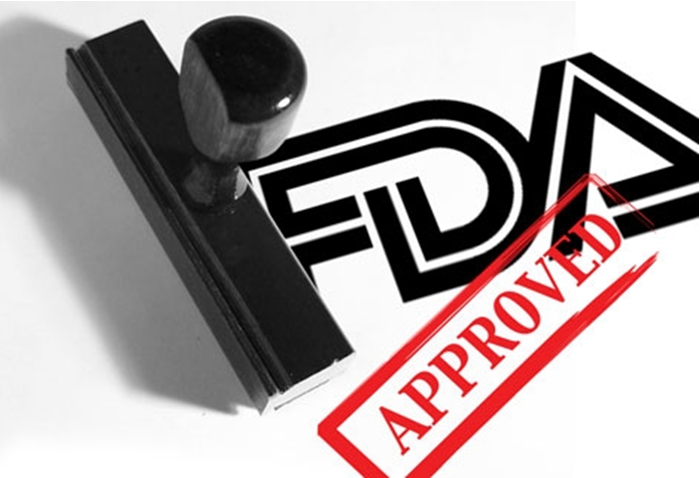FDA Redefines What Is Gluten Free and Labeling
What exactly does “gluten-free” mean?
You see the label in big bold letters: “gluten-free” — have you ever wondered what it means, exactly?
It could mean that the food product is naturally gluten-free, meaning; it is not made with wheat or any other cereal grains with gluten. It could also mean that it was not processed using wheat or cereal grain products that may contain gluten.
Where Is Gluten Usually Found?
It is easy enough to see that food products such as bread are made from wheat or other grain cereals, which contain gluten. However, did you also know that store-bought cookies, pasta, pancake mixes, and even fried chicken breading contain wheat flour?
Some jelly candies are made with gum Arabica and wheat flour. They may not look starchy but the cooking and manufacturing process uses wheat flour as binders to make the jelly candy. Therefore, it is not gluten-free.
The FDA Redefines What Is Gluten Free and Labeling
What Does The US FDA Say?
According to the US Food and Drug Administration, a food label that announces that a food product on the grocery shelf is “gluten-free” does not mean that it does not have any gluten at all. It means that the gluten contained in the food is less than twenty parts per million (20 ppm).
The FDA asserts that labels such as “gluten-free,” “without gluten,” “free of gluten” or “no gluten” does not contain zero gluten. It is sufficient for the product to contain no more than 20 parts per million of gluten.
This is not necessarily deceptive labelling. This is because as technology now stands, gluten that is less than 20 ppm cannot be detected by testing instruments used by the FDA.
How Does The Gluten-Free Labelling Affect People?
Allergies
Some people have allergies to gluten found in wheat. This is because most allergies are caused by proteins and some people have a sensitivity to certain types of protein.
The top most allergenic substances are high in protein: peanuts, tree nuts, soybeans, milk, eggs, chicken, and shellfish.
Gluten is the protein in the seed part of the wheat or cereal grain. Rye and barley are cereal grains that also contain gluten. Some varieties of oats do have gluten but other varieties of oats do not have gluten.
Celiac Disease
Other people have an abnormal autoimmune reaction to the presence of gluten in the food they eat. The gluten causes an irritation in the lining of their intestines such that the lining gets inflamed.
Wounding and scarring occurs in the lining of the intestine, making the lining hard and no longer porous. This will then prevent the absorption of nutrients, vitamins, and minerals from food in the person with the autoimmune reaction. This is called Celiac disease. It is estimated that at least 10% of Americans have celiac disease.
Autism
There is emerging evidence that children with autism when put on a gluten-free diet, show improvement in that their autism symptoms are lessened. It has been hypothesized that the gluten triggers a chemical reaction in the brain, which exacerbates the autism symptoms.
People with allergies to gluten, those who are unable to absorb gluten and those whose behavior are adversely affected by gluten should be careful to avoid gluten altogether. The new labelling directive from the FDA may lead these people to think that the products they are buying from off the shelves are entirely without gluten. This is not so.
Labeling
People who have a sensitivity to gluten need to be aware that the product they will buy which has been labelled “gluten-free” still contains gluten, only the gluten it contains is minimal – less than 20 ppm.
